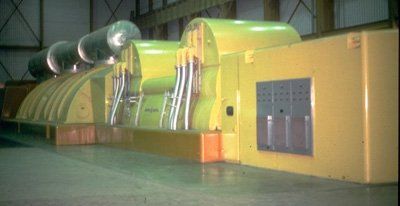As defined by the Institute of Asset Management (IAM) Asset Management is, "systematic and coordinated activities and practices through which an organization optimally and sustainability manages its assets and asset systems, their associated performance, risks, and expenditures over their life cycles for the purpose of achieving its organizational strategic plan."
LITERATURE
Design/Construction
MOPAC Introduction
MOPAC Case Studies
IAM defines an organizational strategic plan as, "overall long-term plan for the organization that is derived from, and embodies, its vision, mission, values, business policies, stakeholder requirements, objectives and the management of its risks."
MOPAC has been performing Asset Management for over 30 years for industrial customers in the United States. Whether it be corrosion studies, energy audits for steam loss, or a roof management plan, MOPAC's goal has always been to preserve built and equipment assets and to maximize asset life which will offer the overall lowest possible life-cycle cost to owners.New Paragraph

The IAM's Key Principals of Asset Management:
- Holistic: asset management must be cross-disciplinary, total value focused
- Systematic: rigorously applied in a structured management system
- Systemic: looking at assets in their systems context, again for net, total value
- Risk-based: incorporating risk appropriately into all decision-making
- Optimal: seeking the best compromise between conflicting objectives, such as costs versus performance versus risks etc.
- Sustainable: plans must deliver optimal asset life cycles, ongoing systems performance, environmental and other long term consequences.
- Integrated: at the heart of good asset management lies the need to be joined-up. The total jigsaw puzzle needs to work as a whole - and this is not just the sum of the parts.

